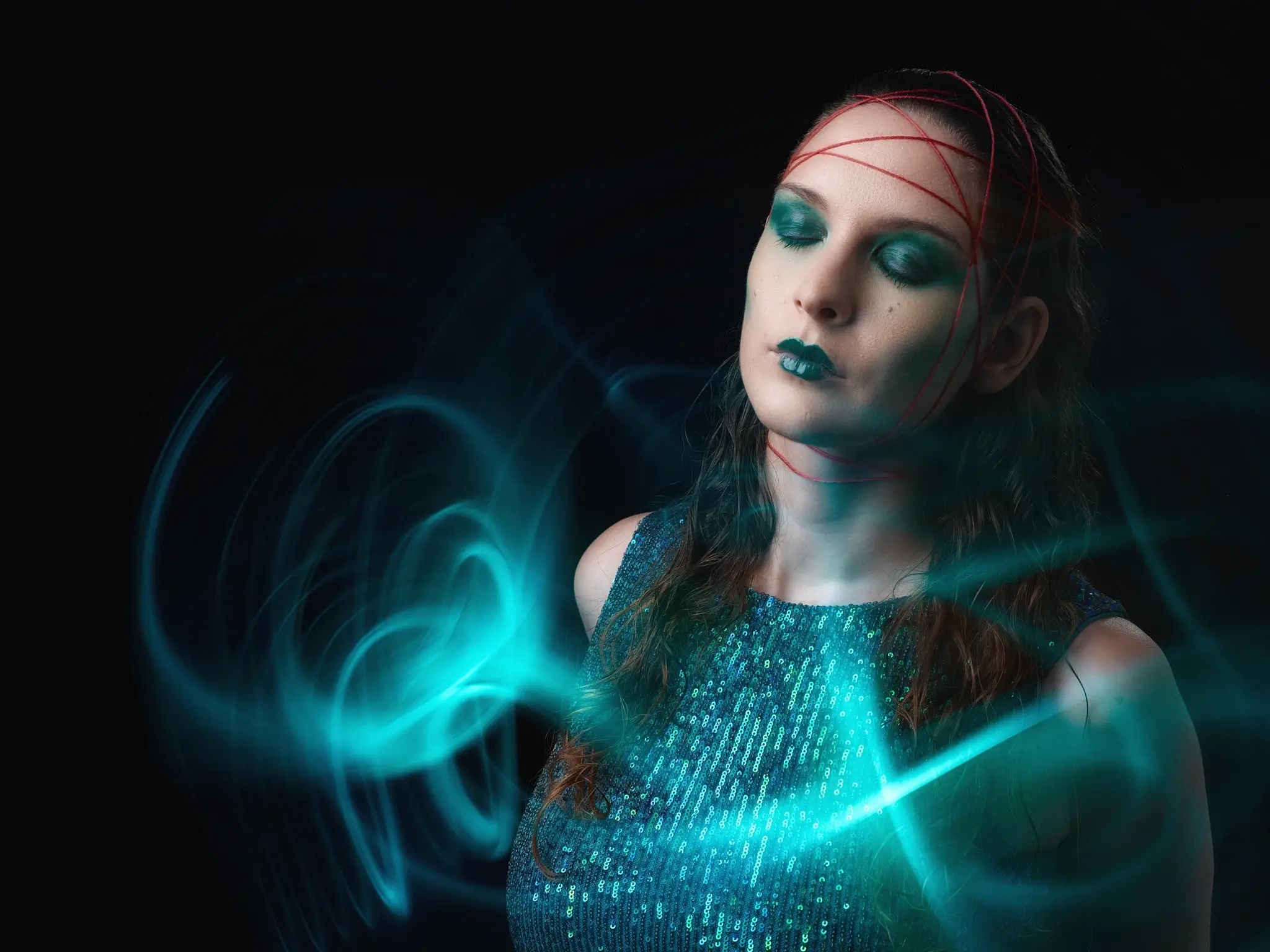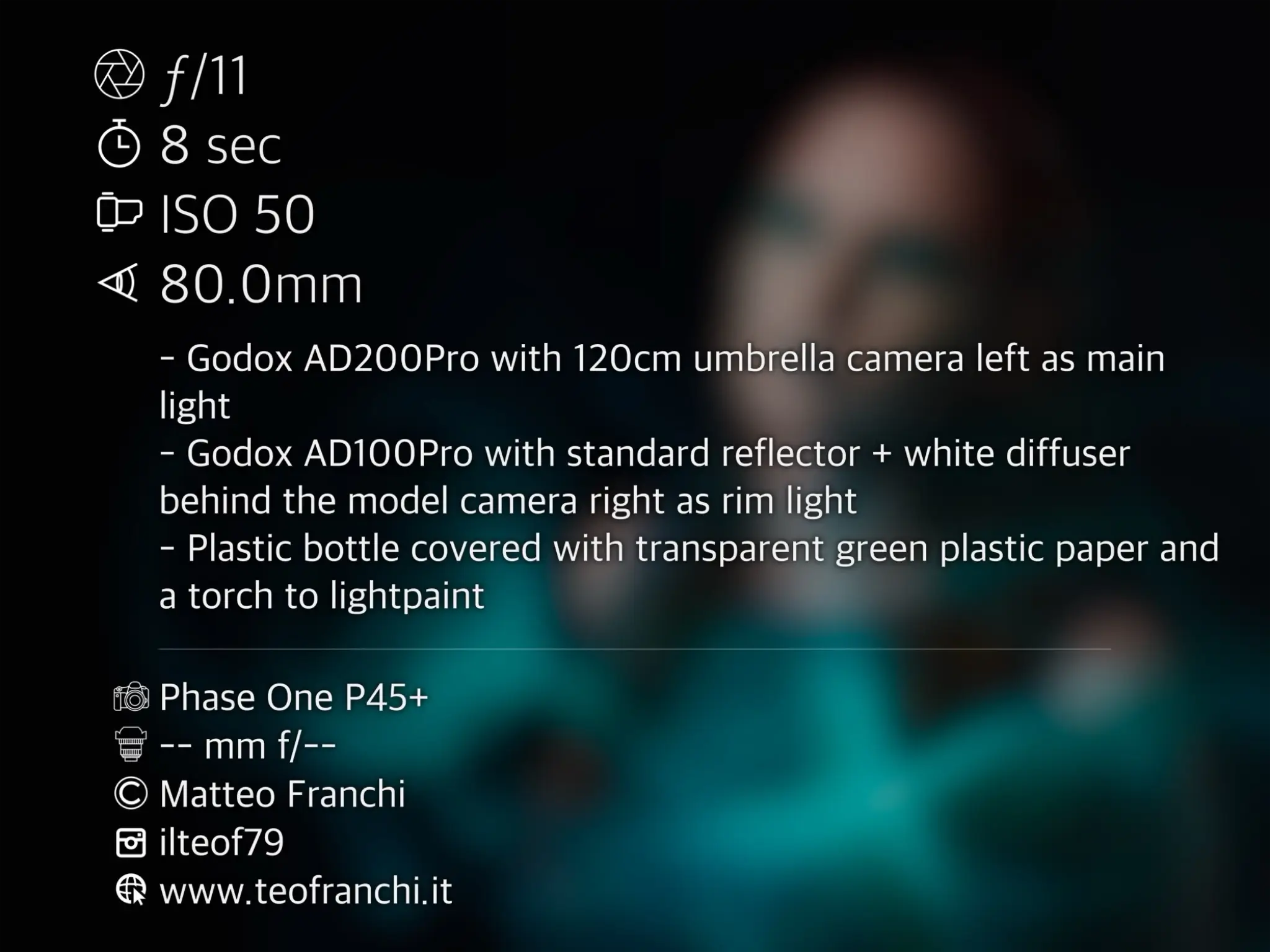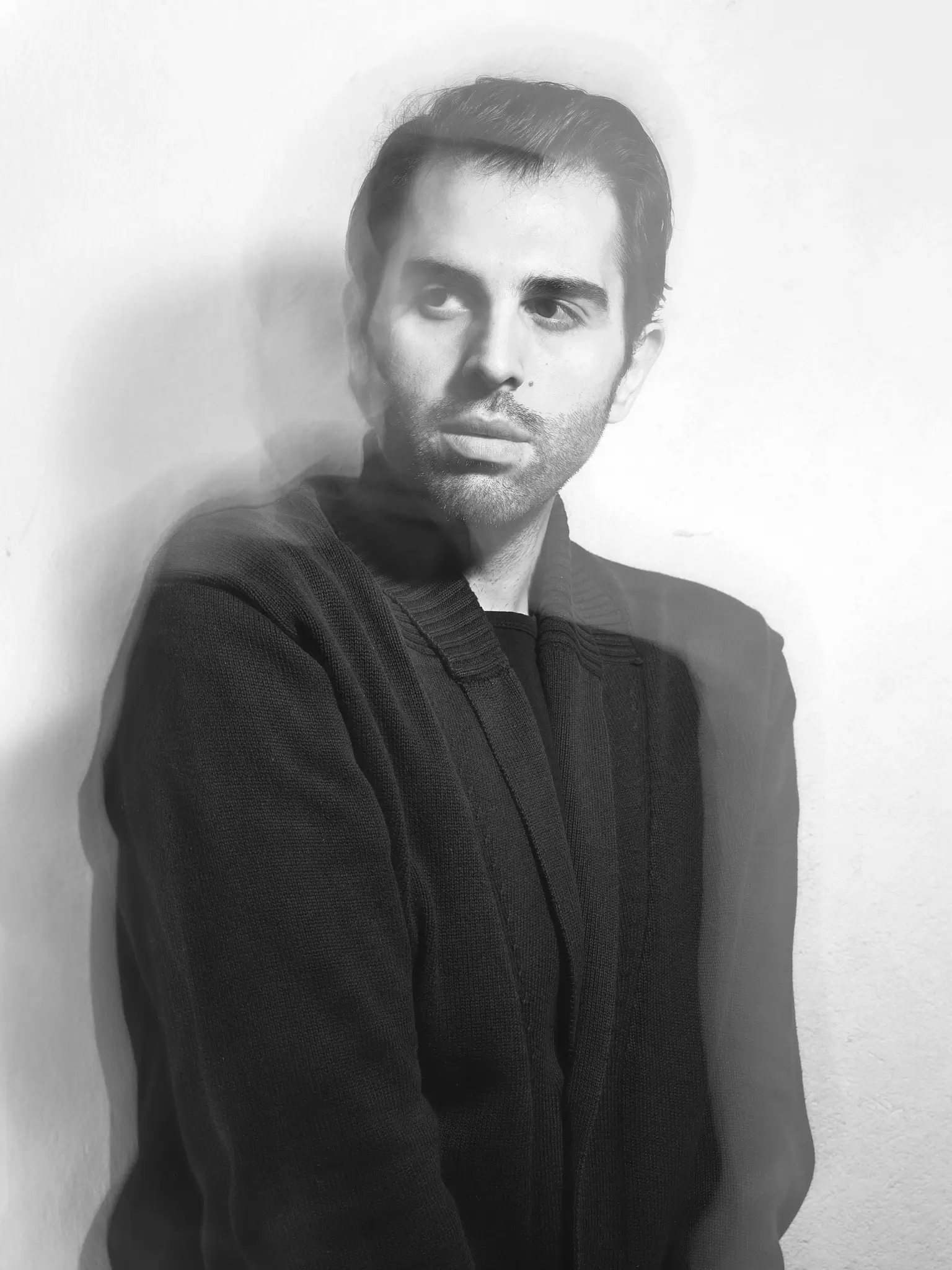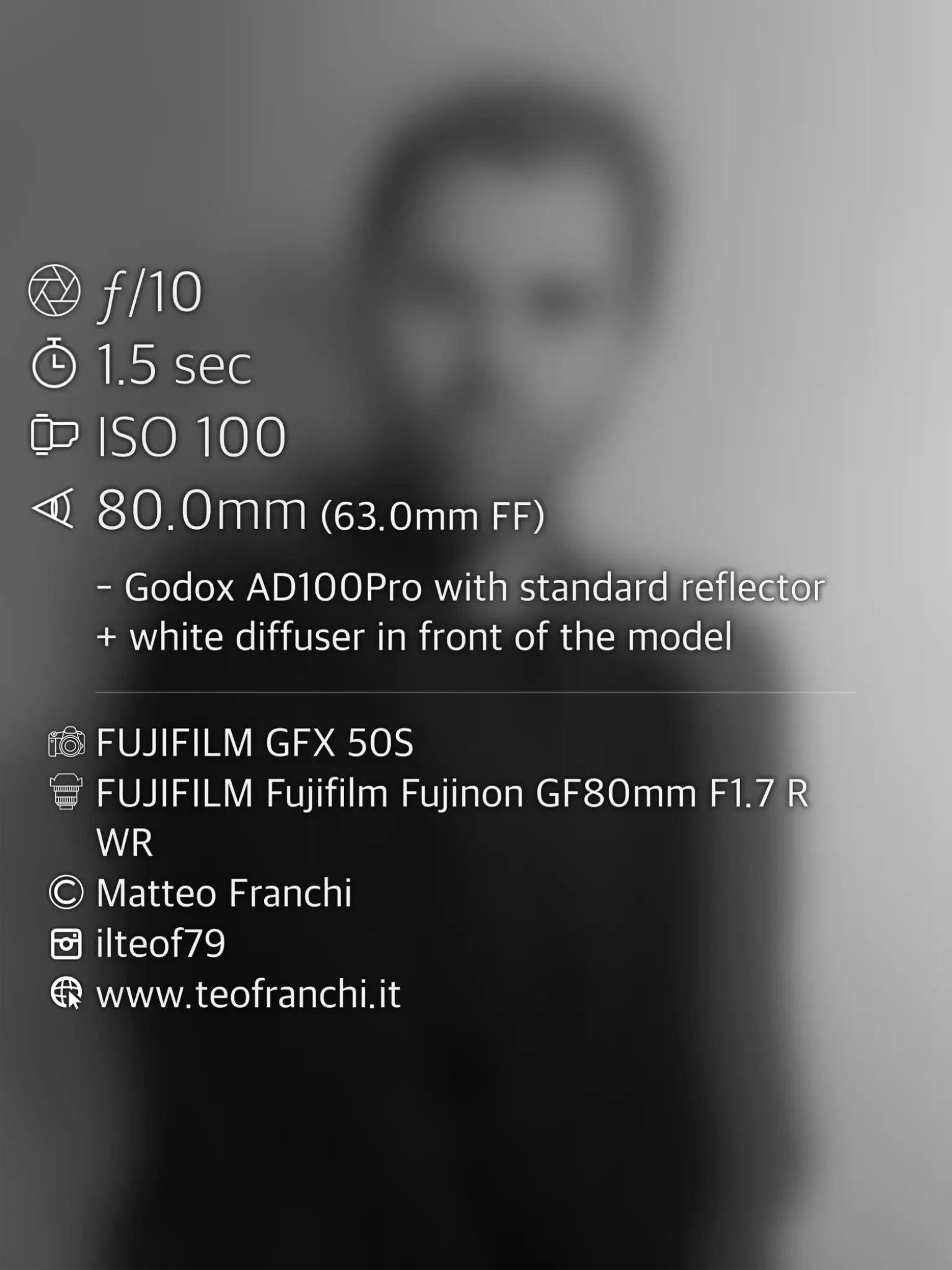Are EXIF data an important info? Yes, but not really
Ok, I admit it. I also fell into this vortex when I started my photographic journey.
I believe it is a normal step towards learning and growing self-confidence, maybe even an essential one.
When you approach something completely new, you first look for some guides or tips to help you understand what you are doing and how to do it the best way possible. This, for me, meant surfing the Tube searching for how big photographers did their magic. However, it also meant asking this question every time I saw a wonderful image on any social platform: “Would you please share the EXIF?”.
So what, you may ask.
The question itself is a pertinent one: what makes a really big difference is the purpose you’re asking it.


I remember I gazed at the answers wondering how that specific setup could have produced the image I was looking at.
And the more I was trying to apply the same rules, the more I was becoming frustrated for not being able to get to the point I wanted, in particular in terms of lighting.
At the time I was just a newbie and my skills, especially in post-production, were really limited, so it all seemed to be weird and difficult because I was not seeing improvement and, most important, I was not seeing myself realise what I had in mind.
However, I kept trying and making mistakes and, in the end, I understood what was going wrong.
I was reading EXIF data in a completely misleading way.
What I had thought until that moment was to use the information shared by the photographers as a sort of model to recreate the same lighting and end up having a very similar result.
Which is nearly impossible.
The main reason is pretty simple: EXIF data do not consider post-production.
This awareness became more and more evident when my editing abilities improved and I realised that, even in the less-edited shots, I always perform some little light adjustments, affecting the original meaning of the technical data.
Another reason is I didn’t know the location where the image was taken. How much the ambient light was affecting the shot and what colours in the surroundings could have somehow influenced the light (reflecting or absorbing it).


So, does this mean EXIF data are completely useless?
No, they are a good hint to understand what was the starting point that led to that particular image.
In time, I learnt to read them just as a curiosity, to see what was the choice of the photographer at the beginning of their creative path.
They can also become pretty useful in some occasions, like, for example, with long exposures. This technique can produce very nice effects, and it can be interesting to know, when I enjoy a picture, how it was obtained.
Always keeping in mind they are and will never be exhaustive of the whole process because of all the other variables not recorded by EXIF data.
Take care and talk soon!